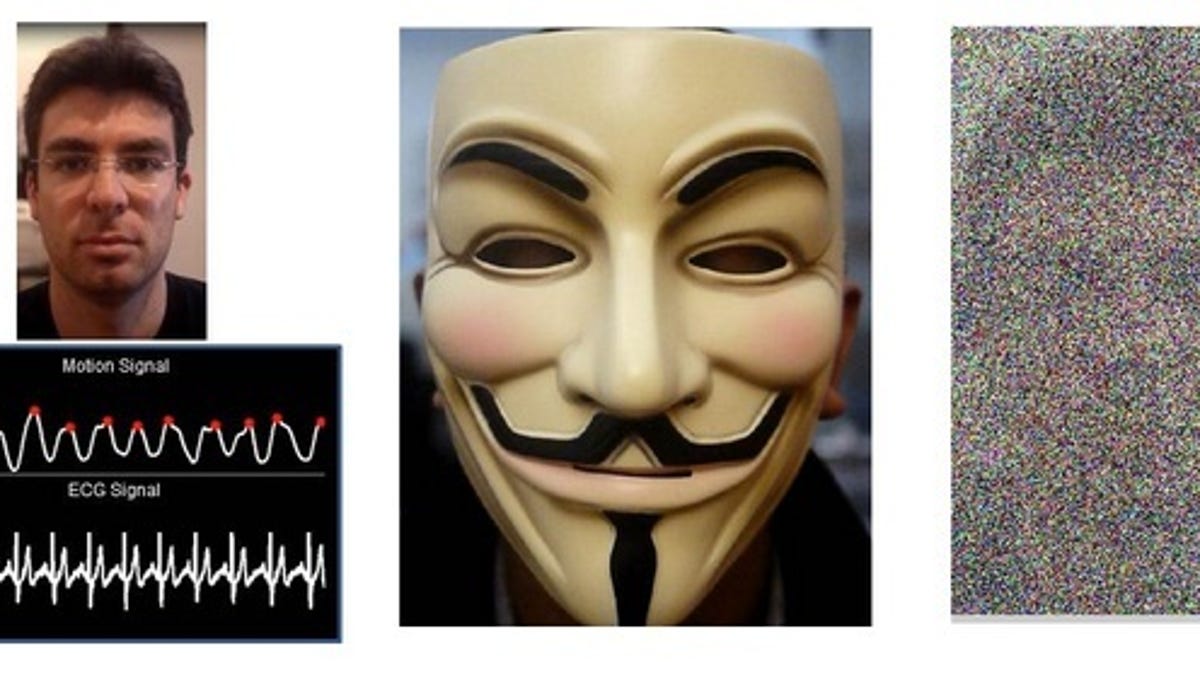Smile! We know how fast your heart is beating
MIT researchers can measure someone's pulse just by watching them on video. The new method, which picks up slight head movements, could help detect cardiac events.

Have you ever noticed your head rocking back and forth very slightly when you sit still? That's the effect of blood rushing up to feed your brain.
Now Massachusetts Institute of Technology researchers can accurately measure that phenomenon on regular video and figure out how fast someone's heart is beating. They say it might help detect cardiac disease.
The scientists at MIT's Computer Science and Artificial Intelligence Laboratory believe the algorithm could be used for video monitoring of patients with sensitive skin, such as newborns or elderly people.
According to the study by Guha Balakrishnan and collaborators (PDF), to be presented at an IEEE Computer Vision and Pattern Recognition conference, the video heart rate method was evaluated on a group of 18 men and women with different skin tones.
The results were "nearly identical" to an electrocardiogram.
If the small motions of someone's head are exaggerated, he or she starts looking like a wobbling bobblehead. But that motion is hard to see with the naked eye.
It's caused by blood flowing from the heart through the carotid arteries, which supply oxygenated blood to the head and neck.
Using common face-recognition and computer-vision techniques, the method looks at a collection of 500 to 1,000 moving points on a subject's face, and then selects a signal with the clearest dominant frequency.
The results provided not only accurate heart rate information, but also the time intervals between beats, which could be used to detect a risk of cardiac events.
The method was also effective at picking up a pulse using video of the back of someone's head, a baby, extremely blurry footage, and someone wearing a mask (in this case, the Guy Fawkes mask popularized by Anonymous).
"I think this should be viewed as proof of concept," collaborator John Guttag, an MIT professor of electrical engineering, was quoted as saying in a release. "It opens up a lot of potential flexibility."
Check out the video below on the research, and read more about it here.

